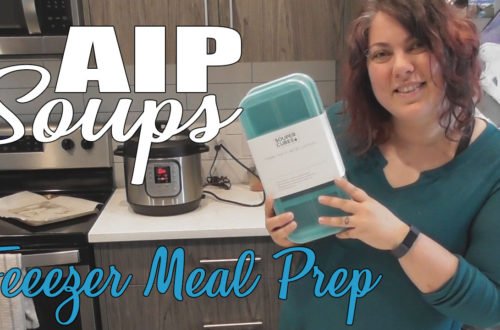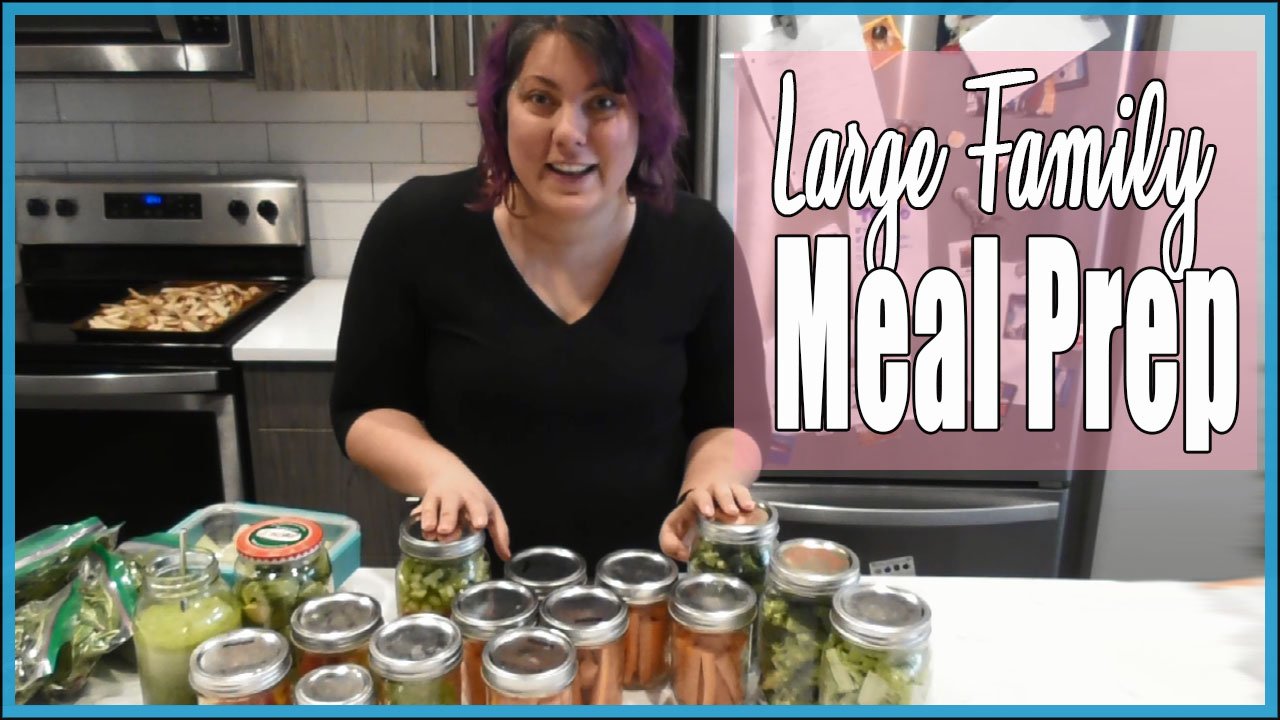
How to Cultivate Gratitude and Joy in Everyday Parenting
We are a participant in the Amazon Services LLC Associates Program and other affiliate programs. An affiliate advertising is designed to provide a means for us to earn fees by linking to Amazon.com and affiliated sites. This post may contain affiliate links.
Parenting is beautiful, but let’s be real—it’s also hard. Between the messes, the meltdowns, and the mental overload, it’s easy to lose sight of the small, sacred moments that make it all worth it. But what if cultivating gratitude and joy didn’t require a big lifestyle change? What if it started with noticing the now?
We can anchor ourselves—and our children—in a rhythm of presence, appreciation, and connection.
As a homeschool parent, I’ve learned firsthand how daily gratitude practices, joyful rituals, and mindset shifts can transform our homes. But this isn’t just for homeschoolers, attachment parents, gentle parents… or even just parents! Gratitude and joy are key factors that should be a part of your everyday experience.
Let’s explore simple but soul-nourishing ways to create more meaning and magic in your parenting journey.
“Joy is not in things; it is in us.” – Richard Wagner
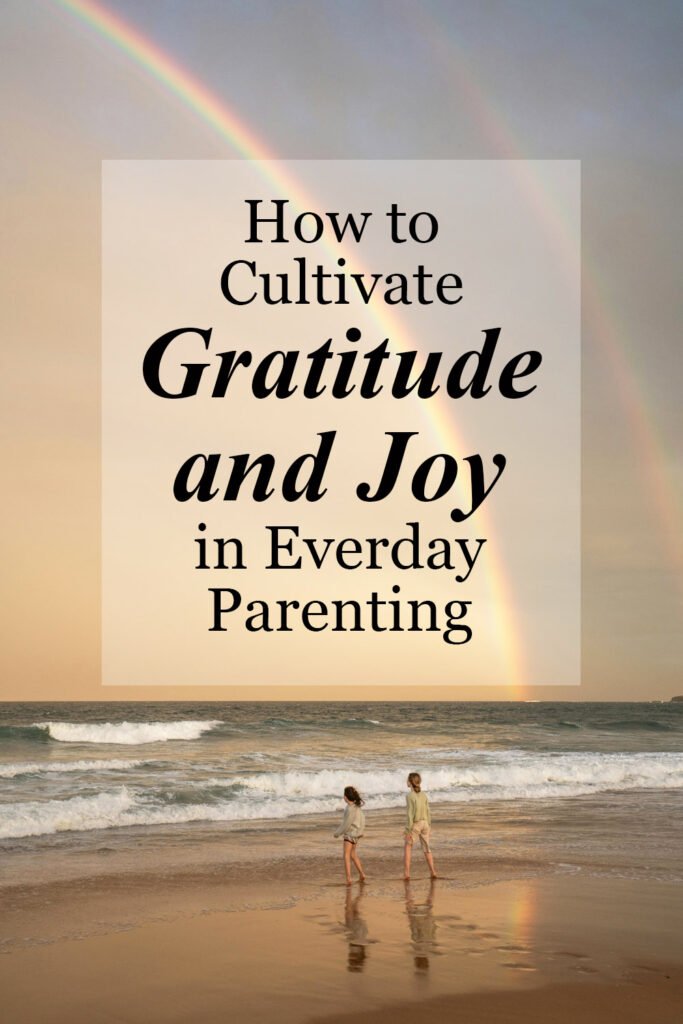
Why Gratitude and Joy Matter in Parenting
Let’s face it—parenting can feel like a never-ending to-do list. Diapers, dishes, discipline… repeat. But what if we told you that how you move through those everyday moments matters just as much as what you do?
Gratitude and joy aren’t just nice extras—they’re powerful emotional anchors. When we root our parenting in these qualities, we don’t just feel better—we raise kids who are more resilient, more connected, and more emotionally grounded. Here’s why it matters so much:
- Gratitude Builds Emotional Resilience
Studies show that children who regularly practice gratitude have higher levels of emotional well-being, better coping skills, and fewer symptoms of anxiety and depression. When we model gratitude, we help them internalize this mindset for life. - Joy Strengthens Family Bonds
Shared joy builds connection. Whether it’s laughing over a silly joke, dancing in the living room, or snuggling up for a story, joyful moments are the glue that hold families together. They create memories our kids will carry forever. - Modeling Matters
Our kids are always watching. When they see us pausing to give thanks, smiling through the small stuff, and finding beauty in the everyday, they learn to do the same. Gratitude and joy are contagious—in the best way. - It Helps You Stay Present
Gratitude pulls us out of autopilot and into awareness. Joy invites us to slow down and be with our children, not just do for them. And presence? That’s where the magic happens. - It Reduces Stress (For Everyone)
Cultivating joy and gratitude has been shown to reduce cortisol (the stress hormone) and increase feelings of calm and contentment. When we’re grounded, our kids feel it too.
In short: Gratitude and joy aren’t about pretending things are perfect. They’re about choosing to see what’s already good, even when things feel messy. And when you parent from that place? Everything shifts.

Simple Daily Gratitude Practices for Parents
You don’t need hours of free time or a quiet mountain retreat to feel more grateful—you just need a few intentional moments. Gratitude is a muscle, and the more we use it, the stronger it gets. Even amidst the chaos of family life, there are small, soul-filling ways to bring gratitude into your daily rhythm.
Here are some simple practices that actually fit into real, messy parenting life:
- Start Your Day with a Gratitude Check-In
Before your feet even hit the floor, name one thing you’re thankful for. It could be a warm bed, your child’s sleepy smile, or even just hot coffee. This tiny mindset shift sets a peaceful tone for the whole day. - Gratitude Journaling—The 3-Minute Version
At the end of the day, jot down three things that brought you joy. They don’t have to be big—“baby belly laughs,” “sunlight on the couch,” or “a quiet moment alone” all count. When my children were young, “taking a poop without an audience” was on my gratitude list whenever it magically happened! Keep a notebook by your bed or use a family journal everyone can add to. - Gratitude at Mealtimes
Add a simple gratitude ritual before meals. Ask each family member to name one thing they’re thankful for that day. It helps kids (and us) focus on the good—even after a tough moment. - Use “Thank You” as a Reset
When things feel overwhelming, pause and silently say “thank you.” Thank you for this moment. Thank you for this lesson. Even thanking the chaos helps shift your perspective. - Turn Challenges Into Gratitude Invitations
Didn’t sleep well? Feel touched out? Try asking: “What is this moment teaching me?” Gratitude doesn’t mean ignoring the hard—it means honoring the growth within it. - Make It Visible
Create a gratitude wall or jar. Let your kids draw or write things they’re thankful for and post them up. Over time, you’ll build a beautiful visual reminder of all the goodness in your home. - Use Gentle Prompts
Some days, you need a nudge. Try prompts like:- “What made me smile today?”
- “What am I proud of myself for today?”
- “What’s one sweet thing my child did today?”
You’ll be surprised how often the answers soften your heart.
Gratitude doesn’t have to be another task on your list—it can become the lens through which you see your list. Start small. Stay consistent. And let yourself be surprised by how much beauty is already here.
In the beginning, it may be hard to do consistently. Once you are in the habit of finding joy in those mundane moments of life, it will be something that you begin to do subconsciously.
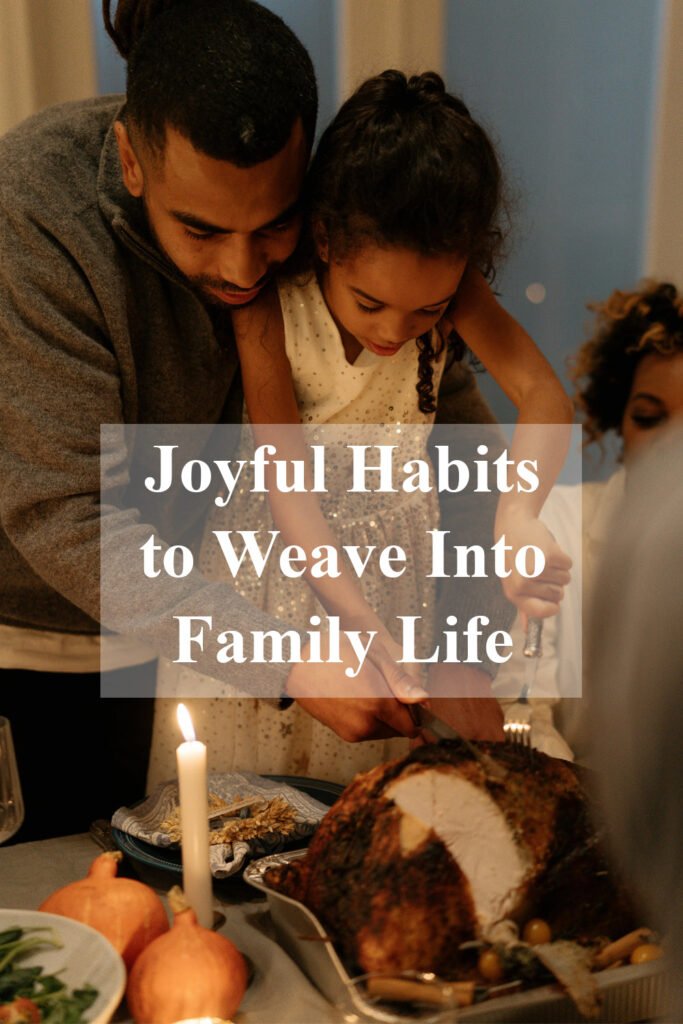
Joyful Habits to Weave Into Family Life
Joy doesn’t need to be saved for holidays, milestones, or “when things settle down.” It can live in the everyday—in the giggles, the routines, the shared glances across the dinner table. When we make joy a habit, not a destination, our families become rooted in a rhythm of lightness and connection.
Here are some easy, heart-centered habits you can build into your daily or weekly flow:
- Create Weekly Family Joy Rituals
Think: Friday night dance parties, Sunday morning pancakes, or a “joy jar” where everyone writes down something that made them smile that week. These routines become cherished anchors and give everyone something to look forward to. - Celebrate the Little Things
Did your toddler put their shoes on by themselves? Did you all survive a long day with minimal meltdowns? Celebrate it! Blow bubbles. Do a silly cheer. Let your kids see that joy isn’t reserved for “big” accomplishments. - Practice “Slow Moments” Together
Slow parenting is all about tuning into the present. Try sipping tea together without screens, taking a slow nature walk, or cuddling on the couch while watching clouds. When we slow down, joy has a chance to catch up. - Incorporate Music, Dance, and Play
Crank up your favorite playlist while making dinner. Have a spontaneous living room dance party. Get goofy. Laughter and movement are instant joy-boosters—for you and your kids. - Make Space for Delight in Daily Tasks
Turn chores into games, use funny voices during routines, or light a candle at bedtime. These small touches can turn the mundane into moments of connection. - Let Your Kids Lead
Ask your children, “What would bring you joy today?” Their answers might surprise you—and give you fresh perspective on what really matters. - Model Finding Joy in Imperfection
Burnt toast? Rainy picnic? Laugh it off together. Showing your kids that joy isn’t dependent on perfection gives them lifelong emotional tools. - Take Time to Reconnect After Hard Moments
Joy doesn’t mean avoiding big feelings. But after a meltdown or a hard day, a hug, a kind word, or even a shared giggle can be the bridge back to connection.
Remember, joyful families aren’t perfect families. They’re families who choose to look for magic in the mundane, even when life feels a little messy. And that kind of joy? It sticks.
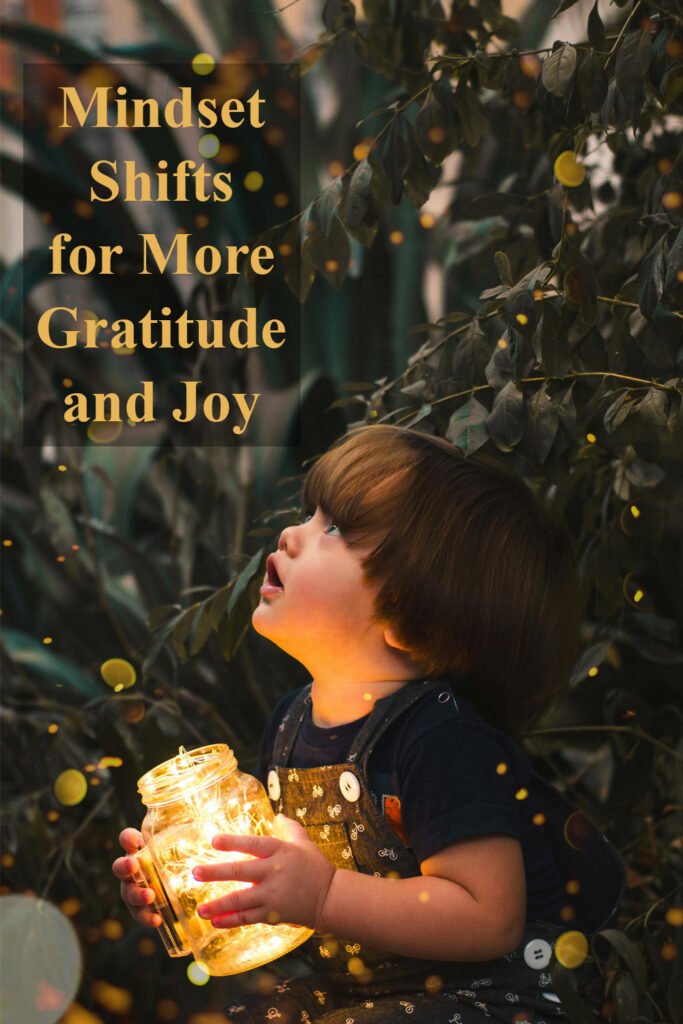
Mindset Shifts for More Gratitude and Joy
Sometimes the biggest changes don’t come from doing more—but from seeing things differently. Our mindset shapes how we experience parenthood. And let’s be honest: when we’re exhausted or overwhelmed, it’s easy to spiral into frustration or scarcity. But when we shift our perspective, even just a little, everything can soften.
Here are a few powerful mindset shifts that can help you welcome more gratitude and joy into your parenting journey:
- Let Go of Perfectionism
Your children don’t need a perfect parent—they need a present one. Embrace the mess, the mistakes, the real moments. Joy often hides in the “imperfect” places where authenticity lives. - Choose Connection Over Control
Instead of trying to manage every behavior, get curious: What’s behind this meltdown? What is my child trying to express? Choosing connection first helps you respond with compassion, and it creates deeper trust. - Reframe the Hard Moments
The next time you’re in a struggle—whether it’s a tantrum or a sibling fight—pause and ask yourself: What can I learn here? or How can I grow from this? Challenges are often invitations to deepen your parenting wisdom. - Practice Self-Compassion
Talk to yourself like you would your child. Be gentle. Be kind. Your inner dialogue shapes your outer parenting. You deserve the same grace you so freely give your little ones. - Notice the “Ordinary Magic”
Start tuning into the moments that often go unnoticed: the way your child’s hand fits in yours, the sound of laughter in the other room, the quiet peace of everyone finally asleep. These are sacred. Don’t let them pass you by. - Shift from “I Have to” to “I Get to”
This one’s simple, but powerful. “I have to make dinner” becomes “I get to nourish my family.” “I have to do bedtime” becomes “I get to tuck them in, just one more night.” Gratitude blooms in these tiny shifts. - Trust the Season You’re In
Parenting has rhythms—some are loud and wild, others are quiet and tender. Trust that the season you’re in won’t last forever, and that there is beauty even in the hard. Joy is often a quiet companion, waiting for us to notice her.
Remember, mindset shifts don’t happen overnight. But with intention and grace, they start to take root—and they change the way we feel about our days, even when the outside circumstances stay the same.

Embracing Gratitude and Joy in Everyday Parenting
Cultivating gratitude and joy in everyday parenting isn’t about being cheerful 24/7 or ignoring the hard stuff—it’s about choosing to notice the beauty already here. It’s about slowing down, shifting your mindset, and creating space for connection in the small, sacred moments of daily life.
When we parent from a place of presence and appreciation, we transform not just our homes, but our hearts. These practices—whether it’s a bedtime gratitude ritual, a joyful family dance party, or simply taking a breath in a chaotic moment—build emotional resilience, deepen connection, and create lasting memories for both you and your child.
So start small. Pick one gratitude habit. One joy ritual. One mindset shift. Watch how the atmosphere in your home begins to change, gently and organically. The more you lean into gratitude and joy, the more you’ll see them multiply in your family life.
Remember: you don’t need to be a perfect parent—you just need to be a present one.Ready to bring more joy and intention into your parenting? Try one of the practices in this guide today, and begin your journey toward a more peaceful, connected, and grateful family rhythm.


